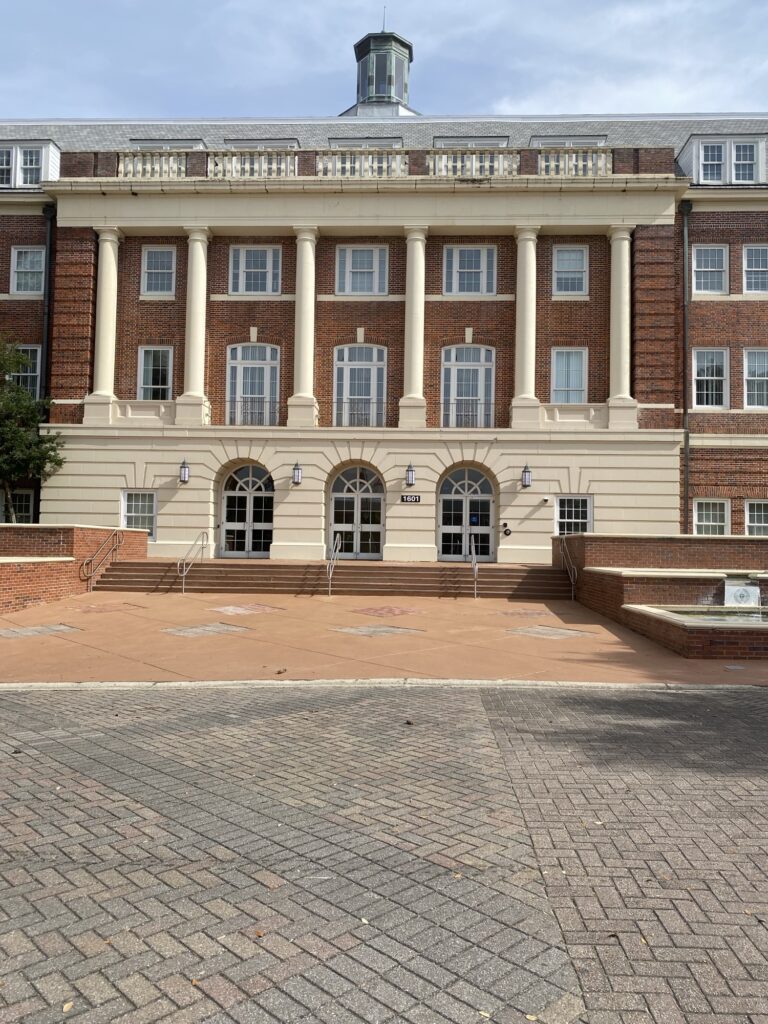
Photo credits: Kyndall Coleman
Florida A&M University is blessed with a beautiful campus, and many buildings are part of the historically Black institution’s rich culture. Throughout the years, there have been buildings that have left their mark, per se, on FAMU’s culture. One of the oldest buildings on FAMU’s campus is Lee Hall. According to famu.edu, it was built in 1927 and named Lee Hall in honor of J.R.E. Lee, Sr., president of Florida A&M University from 1924 to 1944.
Lee Hall, home to President Larry Robinson and the Office of Academic Affairs, contributes to FAMU culture today since most older buildings have been demolished. Truth Hall, Gibbs Hall, and the Paddyfoote complex, to name a few, are no longer with us.
Kendall D. Jones, associate Vice president of Facilities, Planning, Construction, and Safety, provided documents regarding buildings on campus and when they were established.
These buildings have affected FAMU’s culture in today’s times since they are still on campus, and some people want to know the history and why these buildings are so historic.
The document sent by Jones, said the top five buildings that are the oldest on campus include the Black Archives, FAMU dining hall, Jackson Davis Hall, Lee Hall, and Nathan B. Young Hall.
One thing these buildings have in common is the fact that they are still on campus, and hopefully for years to come. FAMU’s culture nowadays is more modern, but these buildings will go down in FAMU’s history. Another building that has significance is the Naval ROTC building located by the Amphitheater.
According to famu.edu, it was first established in 1972, and NROTCU FAMU has graduated and commissioned hundreds of Navy and Marine Corps officers. NROTCU FAMU was the fourth of six NROTCs to be established on the campus of an HBCU.
Named after a former president, Coleman Library was built in 1948, until its renovation in 1972, and then expanded in 1990 and 2004. Samuel H. Coleman was a general alumni president for 14 years at FAMU.
According to library.famu.edu, the 88,964-square-foot facility includes group study rooms, a student study lounge and cafe, graduate/faculty study rooms, teleconference rooms, and an information literacy classroom.
FAMU has had many buildings of historical value over the years that were built and later demolished, but the memories and good times that people have had in these buildings, and for the buildings that are still on campus, the good times keep on coming.